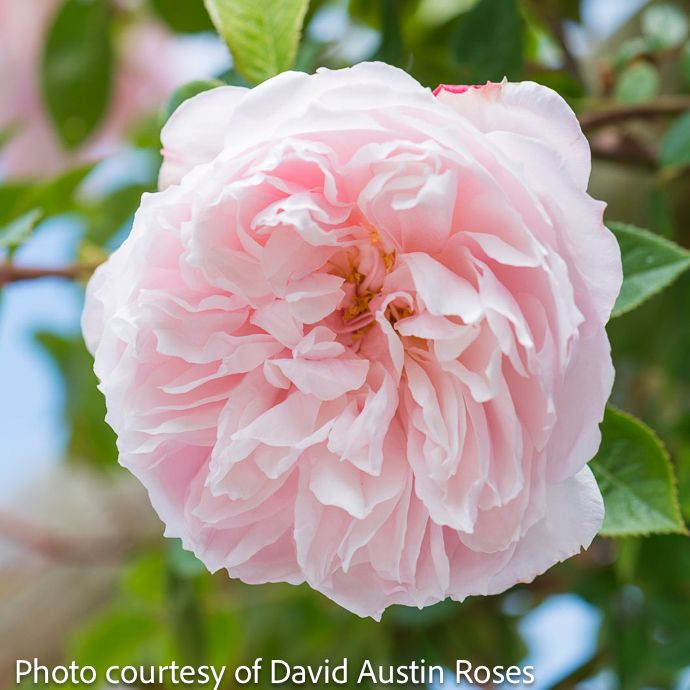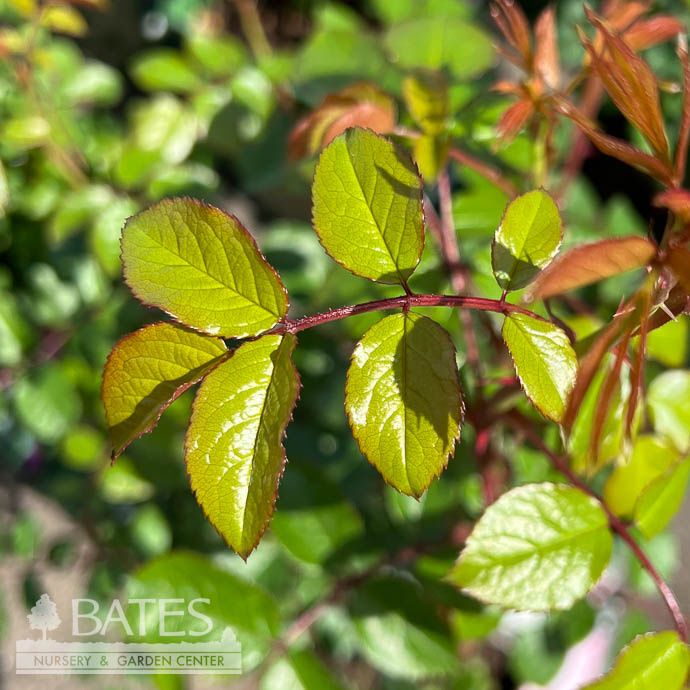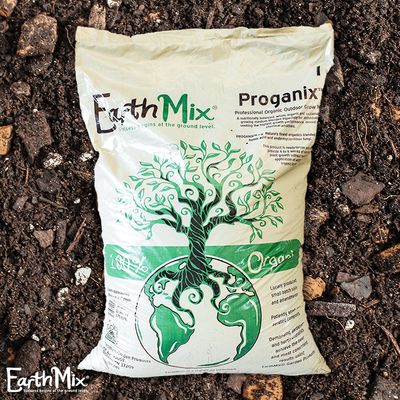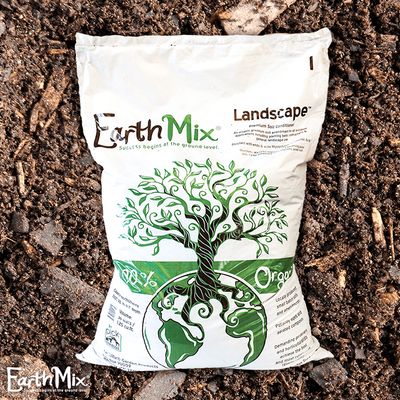#3 Rosa The Generous Gardener/ Pink David Austin Climbing Rose - No Warranty
#3 Rosa The Generous Gardener/ Pink David Austin Climbing Rose - No Warranty
SCIENTIFIC NAME: Rosa hybrida 'AUSdrawn'
COMMON NAME: The Generous Gardener Climbing Rose
GARDEN SIZE:As a climber, up to 15 feet tall x 3-4 feet wide; as a shrub, 5-6 feet tall x 3-4 feet wide
GROWTH RATE: Vigorous
USDA ZONE: 4-11
EXPOSURE: Full sun - 4-6 hours of direct sun per day, ideally in the morning
WATER & SOIL: Medium, consistent water; avoid wetting leaves when possible. Prefers well-drained, neutral to slightly acidic soil with plenty of organic matter.
HABIT (FORM): Can be trained as a climber or grown as a bushy, arching shrub
FOLIAGE: Deciduous; glossy, dark green leaves made up of 3-11 leaflets. Stems have prickles/thorns.
FLOWER COLOR: Pastel pink
FLOWER FORM: Cupped, double, very full
PETAL COUNT: 40-55 petals
FLOWER SIZE: 2.5-5 inches
BLOOM TIME: Late spring flush with scattered reblooming throughout the season. Remove spent blooms to encourage rebloom.
REBLOOMING: Yes
FLOWER ARRANGEMENT: Small clusters
FRAGRANCE: Strong old rose fragrance with notes of musk and myrrh
PLANT ORIGIN: Indigenous to Asia and Europe, but hybridized all over the world for thousands of years
WILDLIFE SUPPORT: Limited - Most roses have little utility as hosts for local insects and wildlife, since they are heavily hybridized plants from other parts of the world. Flowers may provide food for pollinators while blooming.
FERTILIZING: Fertilize monthly during spring and summer by top-dressing with compost or applying any nitrogen-rich fertilizer. Stop fertilizing in fall to allow the plant to go dormant for winter.
PRUNING: Climbing roses tend to require less pruning than other roses, especially if you want your climber to grow tall. Prune reblooming varieties in late winter or early spring while dormant, and remove spent blooms during the growing season to encourage reblooming. For single blooming varieties, prune just after flowering to avoid removing next year’s flower buds. When pruning, remove dead branches and older canes that no longer produce flowers. Keep in mind that climbing roses don’t naturally cling to walls, so you'll need to fasten the canes to a support structure such as a trellis or arbor. Place supports at least a few inches away from walls to promote airflow. For more detailed advice on pruning and shaping roses, many helpful resources are available online.
TOXICITY FLAGS: Roses are non-toxic to dogs, cats, and horses. Ingesting too much plant matter may cause mild gastrointestinal symptoms. Thorns can create small cuts if your pet rubs against them, and can damage the digestive tract if eaten. Remember to also check the safety of any fertilizers or pesticides used on your roses.
USES: Ornamental specimen that climbs arbors, trellises, and walls; Cut flowers
DISEASE PREVENTION: Fungal diseases like black spot and powdery mildew can be a persistent nuisance for Middle Tennessee rose growers. Here are some tips to limit fungal infections:
Avoid letting water sit on the leaves when possible. Water around the base of the plant rather than getting the leaves wet (though nature sometimes has its own plans).
Always use clean tools. Disinfect pruners between every cut using rubbing alcohol or a 10% bleach solution (i.e. 1 ounce bleach + 9 ounces water).
Space roses to promote good airflow and reduce the risk of disease transmission from one plant to the next.
Regularly remove fallen leaves and debris from around the base of the plant. Replace winter mulch in spring.
In late winter, coat the entire plant with dormant oil to suffocate pests and control diseases.
If you have persistent problems with fungal diseases, consider regular applications of an anti-fungal spray like copper fungicide or neem oil as a preventative measure.
Another rose pathogen to keep on your radar is Rose Rosette Disease. Caused by a virus and spread by microscopic mites, it currently has no known cure. Symptoms include deformed, reddish new leaves, excessive thorn production, and stunted growth. If your rose bush is infected, immediately remove, bag, and dispose of the entire plant to contain the spread of infection.
PARENTAGE: Sharifa Asma (AUSreef) x Undisclosed
HISTORY: 'The Generous Gardener' was bred by renowned English rose grower David C. H. Austin and was introduced by David Austin Roses in 2002. It was named in honor of the 75th anniversary of the National Garden Scheme, a U.K. nonprofit that organizes privately owned gardens to open their gates to the public on particular dates in order to raise money for charity.






